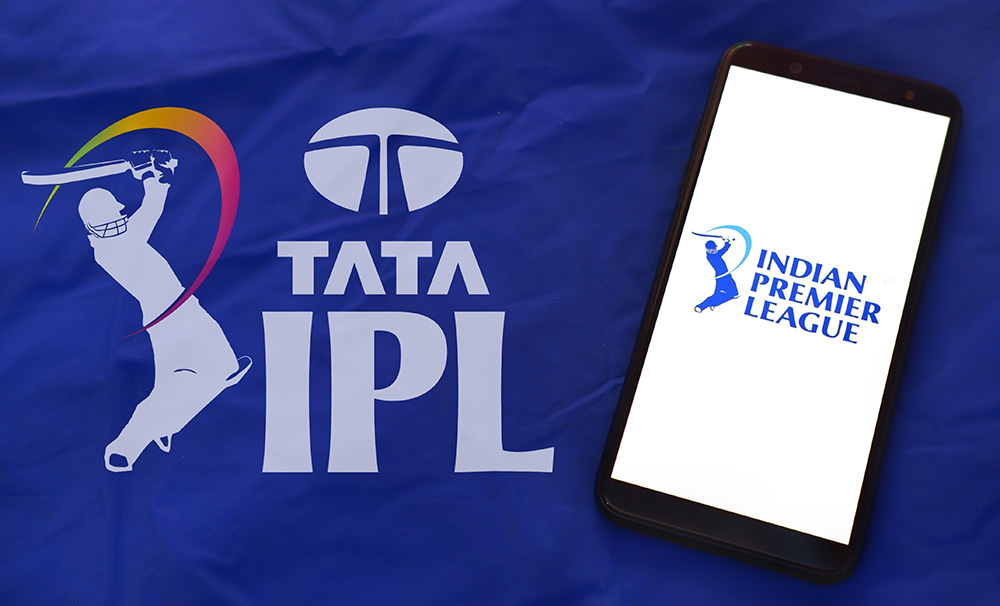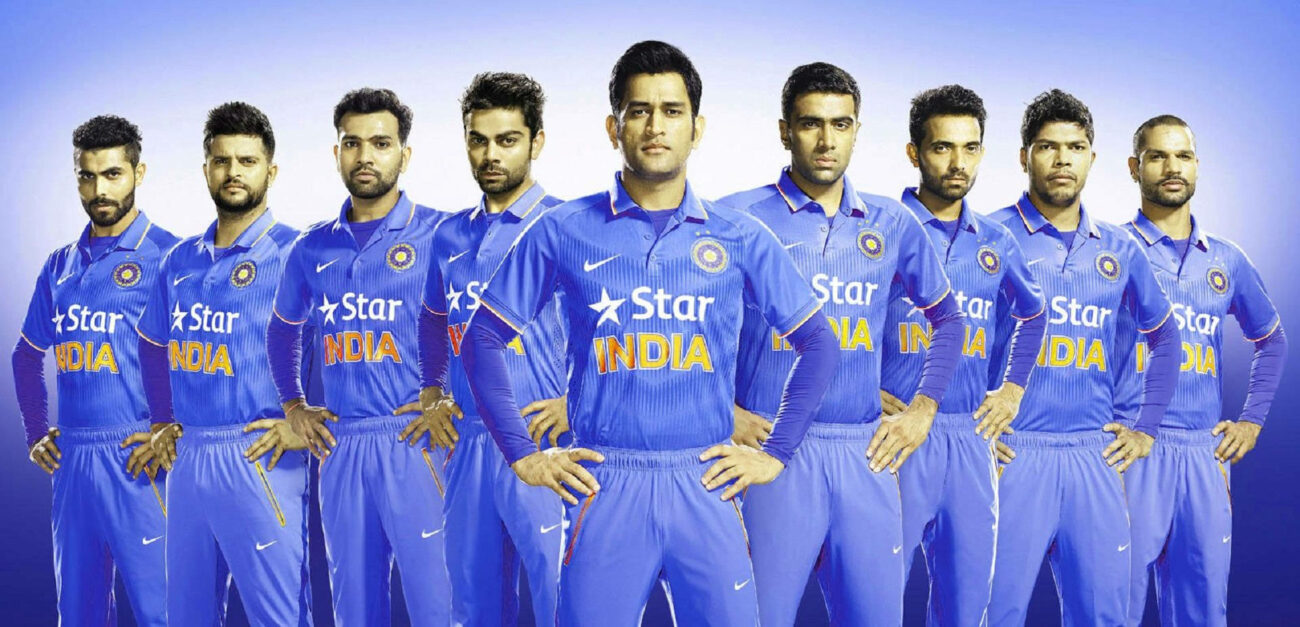Football nights are gonna be longer for the fans. Coz’ the premier tournament in the history of the sport has done a rejig. The UEFA Champions League has evolved to make the competition even bigger.
After six years into the making, the new format of the UEFA Champions League will finally be in effect from the 2024-25 season. UEFA president Aleksander Čeferin announced the news on uefa.com. He stated, “UEFA has clearly shown that we are fully committed to respecting the fundamental values of sport and to defending the key principle of open competitions, with qualification based on sporting merit, fully in line with the values and solidarity-based European sports model.”
Additionally, he said, “I am really pleased that it was a unanimous decision of the UEFA Executive Committee, with the European Club Association, European Leagues and national associations all agreeing with the proposal made. Another proof that European football is more united than ever.”
So, what are the big changes that are happening in the UEFA Champions League? Let’s find out.
Increased Number of Teams:
- Increase from 32 to 36 Teams: The tournament will expand from 32 to 36 teams. This expansion will allow more clubs from different countries to participate, increasing diversity and representation across European leagues. This also provides opportunities for smaller clubs or those from lesser-known leagues to compete at the highest level of European football.
- Additional Spots: The four additional spots will likely be allocated based on a combination of domestic league performance, historical performances in European competitions, and other criteria set by UEFA.
Single League Format
- Unified League System: Instead of the traditional group stage format with eight groups of four teams, all 36 teams will compete in a single league table. This is a significant shift from the previous format, which divided teams into groups, with each team playing against the others in their group.
- Number of Matches: Under the new format, teams will play eight matches in the new league phase (former group stage). They will no longer play three opponents twice – home and away – but will instead face fixtures against eight different teams, playing half of those matches at home and half of them away. To determine the eight different opponents, the teams will initially be ranked in four seeding pots. Each team will then be drawn to play two opponents from each of these pots, playing one match against a team from each pot at home, and one away. This change will increase the number of matches in the early stages of the competition, ensuring that each team has a diverse set of opponents from various leagues across Europe. This aims to increase the excitement and competitiveness of the tournament.
Qualification for Knockout Rounds
- Top Eight Teams Qualify Directly: After all teams have played their eight matches, the top eight teams in the league table will automatically qualify for the Round of 16.
- Playoff Round: Teams ranked 9th to 24th in the league table will enter a two-legged playoff round. The winners of these playoffs will secure the remaining eight spots in the Round of 16. Teams that finish 25th or lower will be eliminated, with no access to the UEFA Europa League. This playoff system adds an extra layer of excitement and competition to the tournament, ensuring that every match in the league stage has significance and that more teams have a chance to progress.
In the knockout phase, the teams that finish between 9th and 16th will be seeded in the knockout phase play-off draw, meaning they will face a team placed 17th to 24th – with, in principle, the return leg at home. The eight clubs which prevail in the knockout phase play-offs will then progress to the round of 16, where they will each face one of the top-eight finishers, who will be seeded in the round of 16.
Purpose of Changes
- More Excitement and Competitiveness: The new format aims to make the tournament more thrilling by providing more matches with higher stakes early on. Instead of the predictability of the group stages, the league format creates more dynamic matchups and keeps more teams in contention for longer.
- Increased Revenue and Viewership: More matches mean more broadcasting rights and ticket sales, which is likely to increase revenue for UEFA, clubs, and broadcasters. The broader range of matchups is also designed to attract more viewers, particularly in the early stages of the competition.
Impact on Clubs and Fans
- For Clubs: The new format offers more opportunities for mid-tier teams to reach the knockout stages. With more matches and a wider variety of opponents, clubs may benefit from increased revenue from broadcasting rights, ticket sales, and sponsorships.
- For Fans: Fans will experience a broader range of matchups throughout the competition. The new format also ensures that the competition remains interesting and competitive throughout, as more teams have a chance to progress. This might enhance fan engagement and maintain high levels of interest throughout the season.
Still confused with the new UEFA Champions League format? Watch this video and get all your doubts cleared.
Are you happy with the new UEFA Champions League format? Comment below what you think about the tournament’s new structure.






